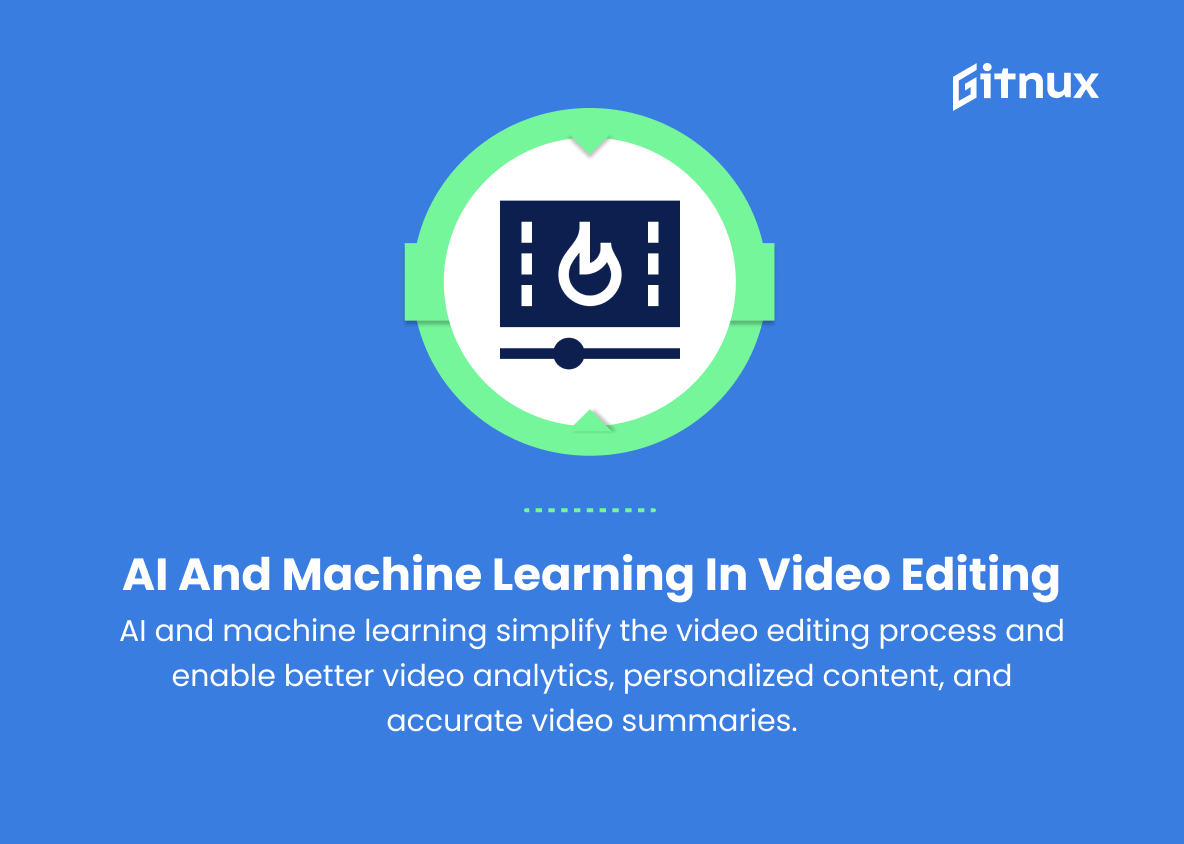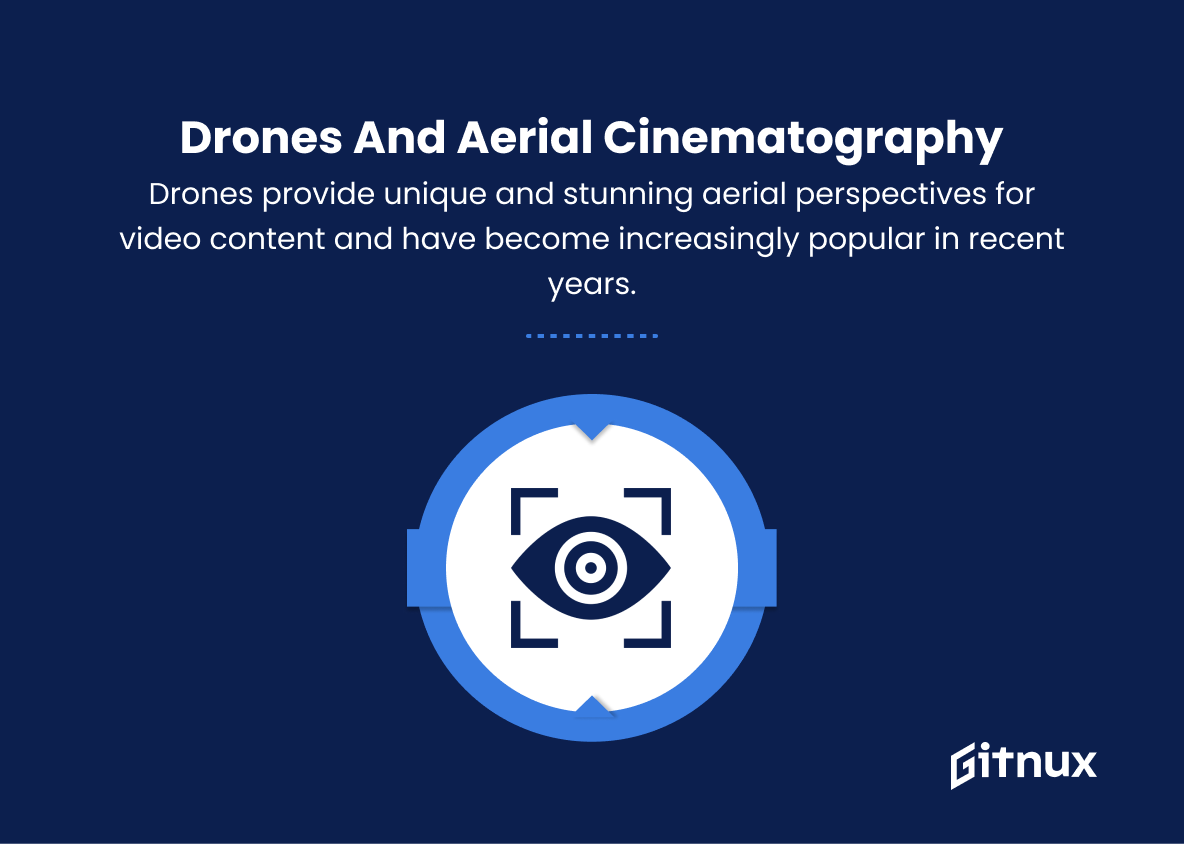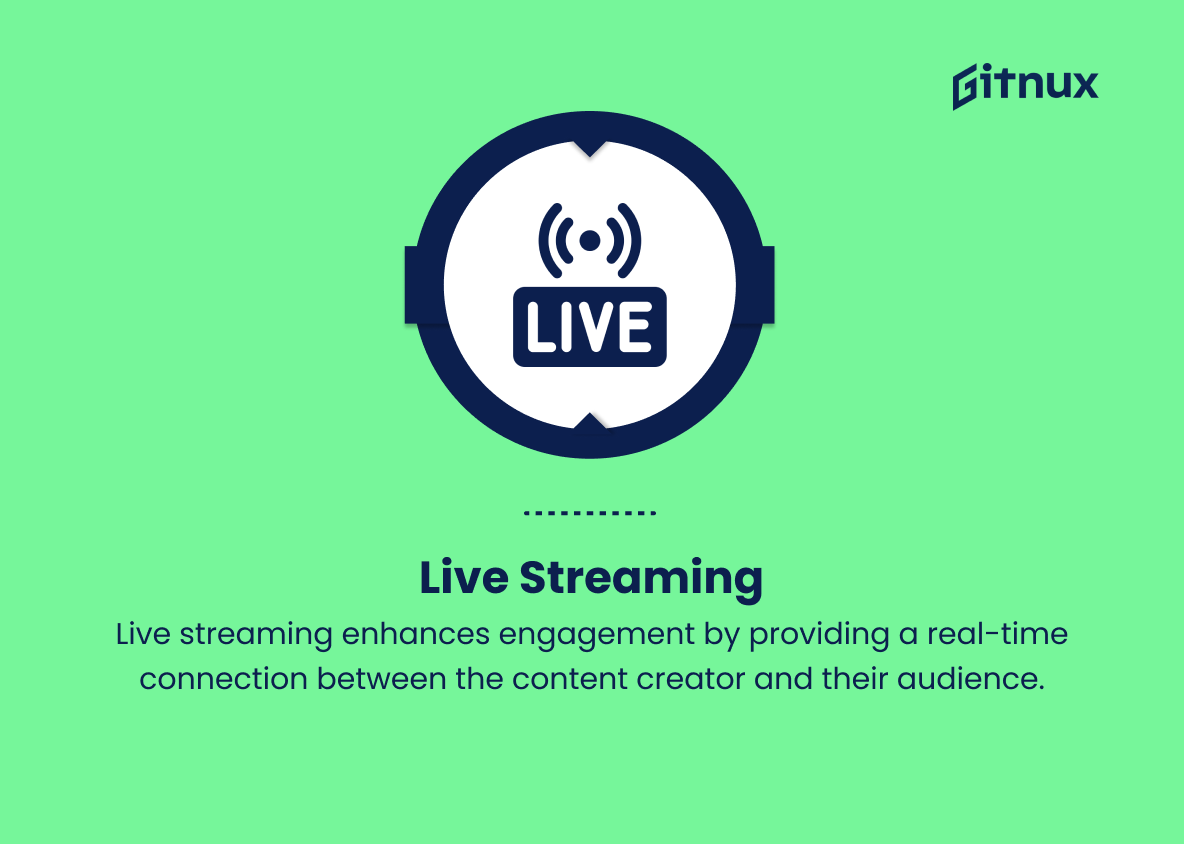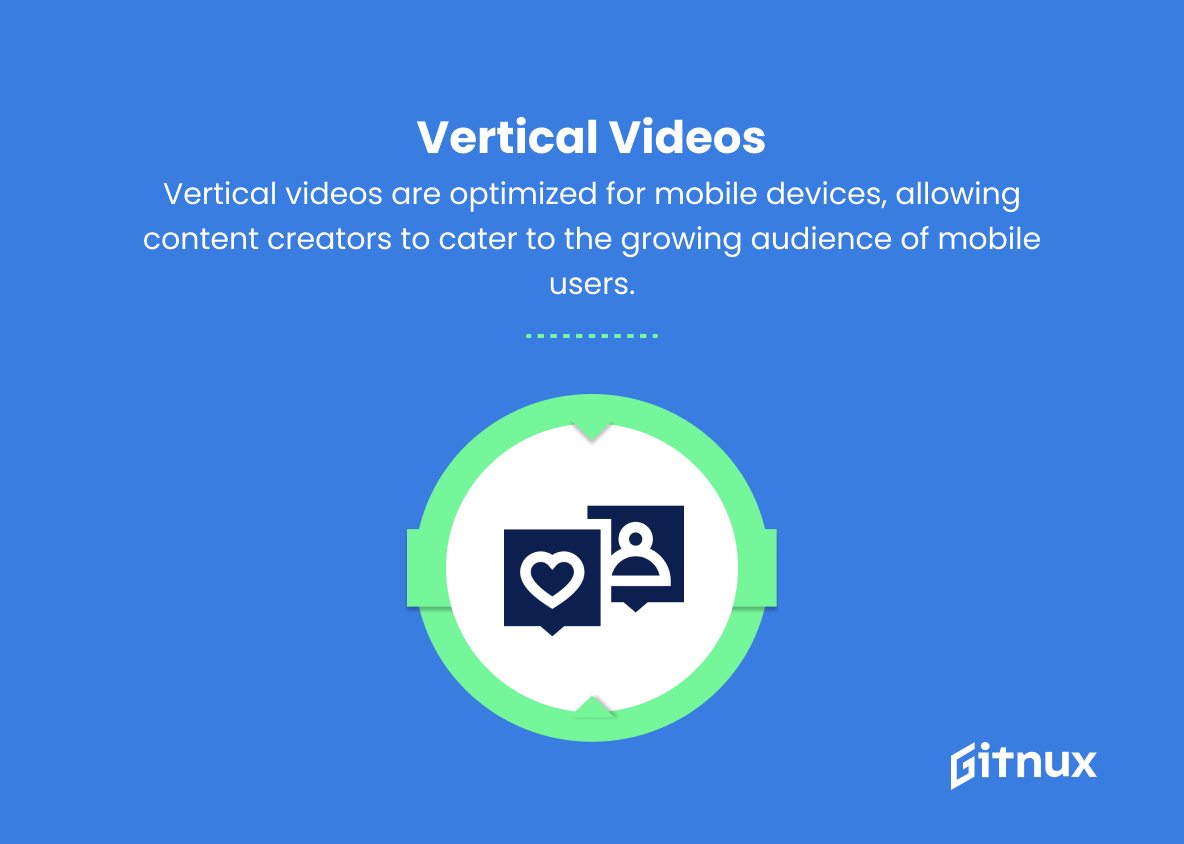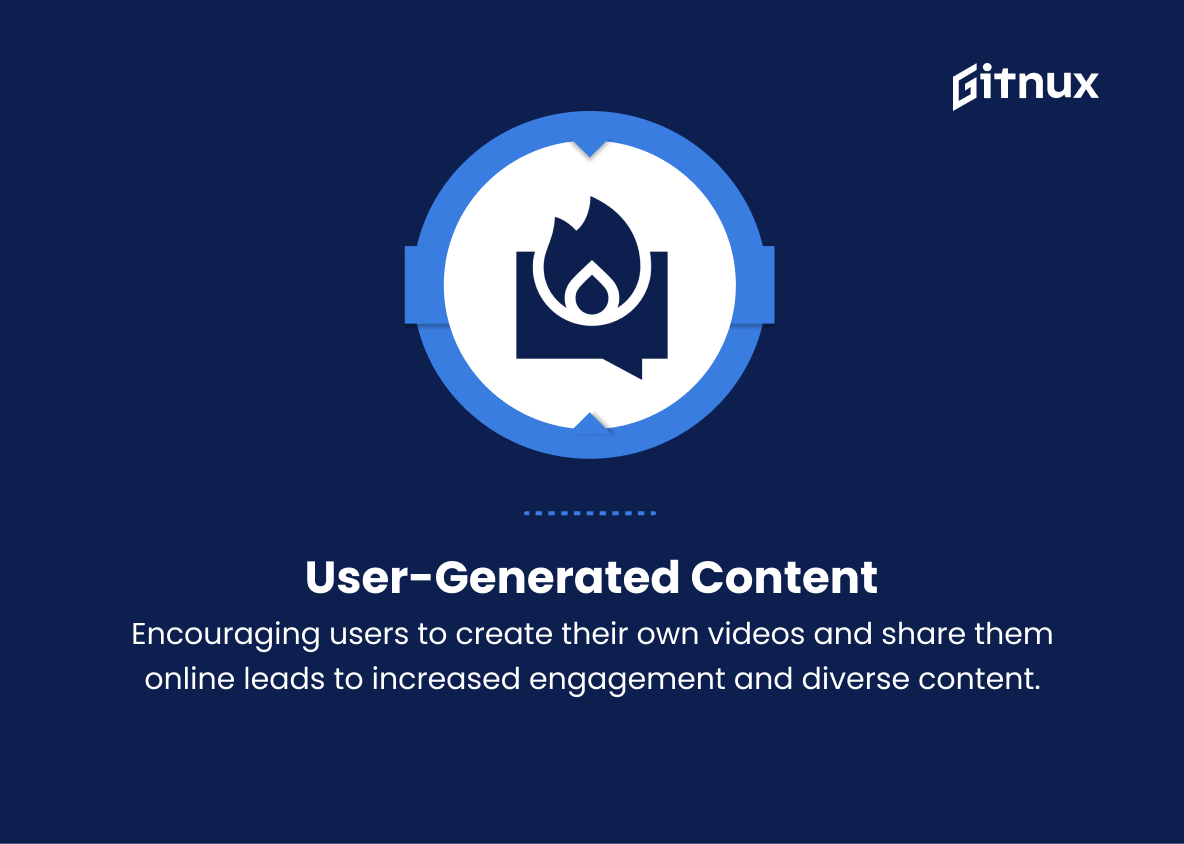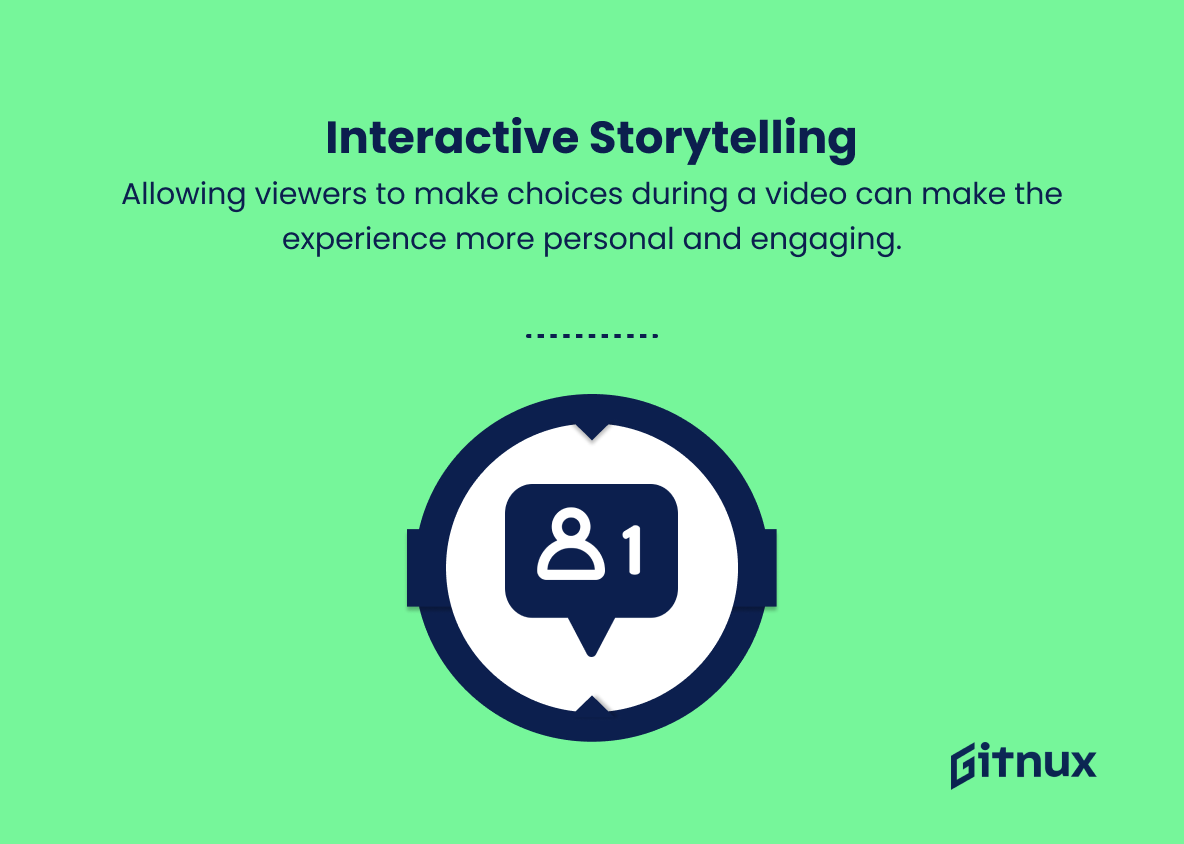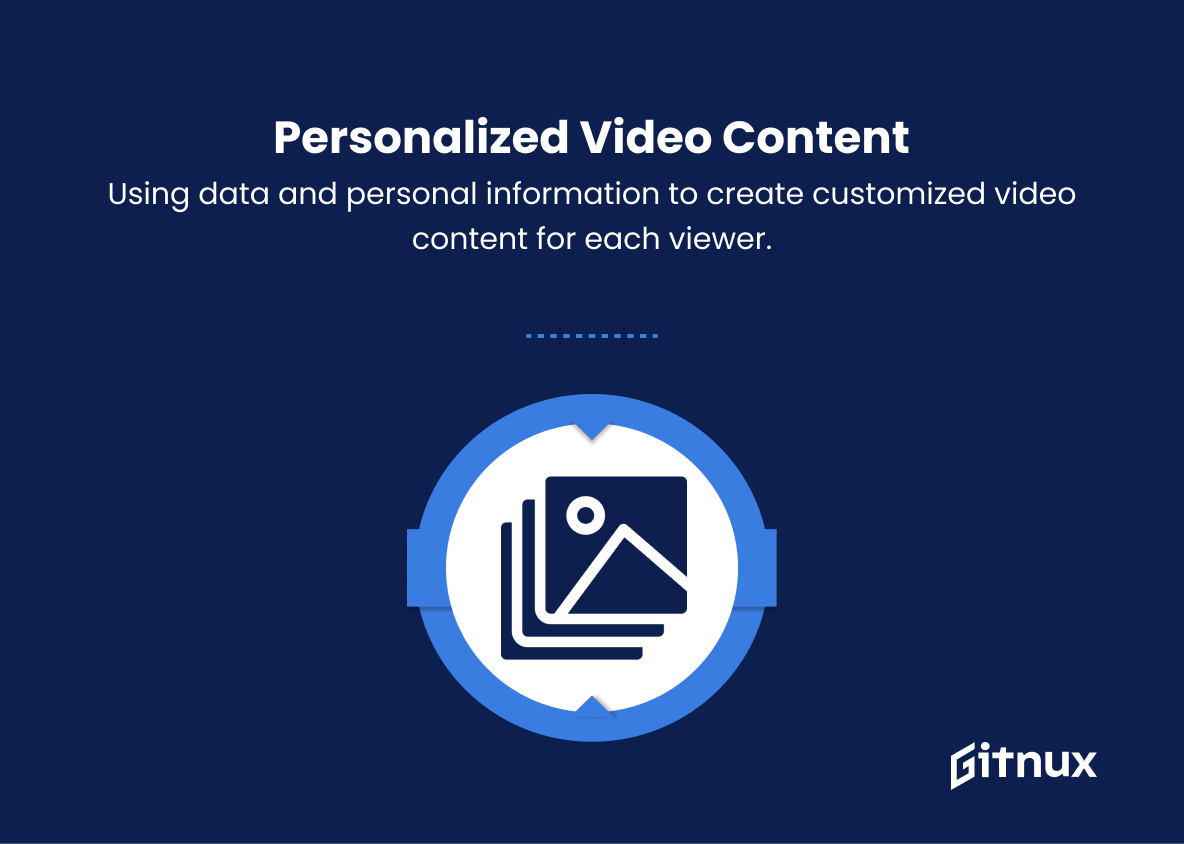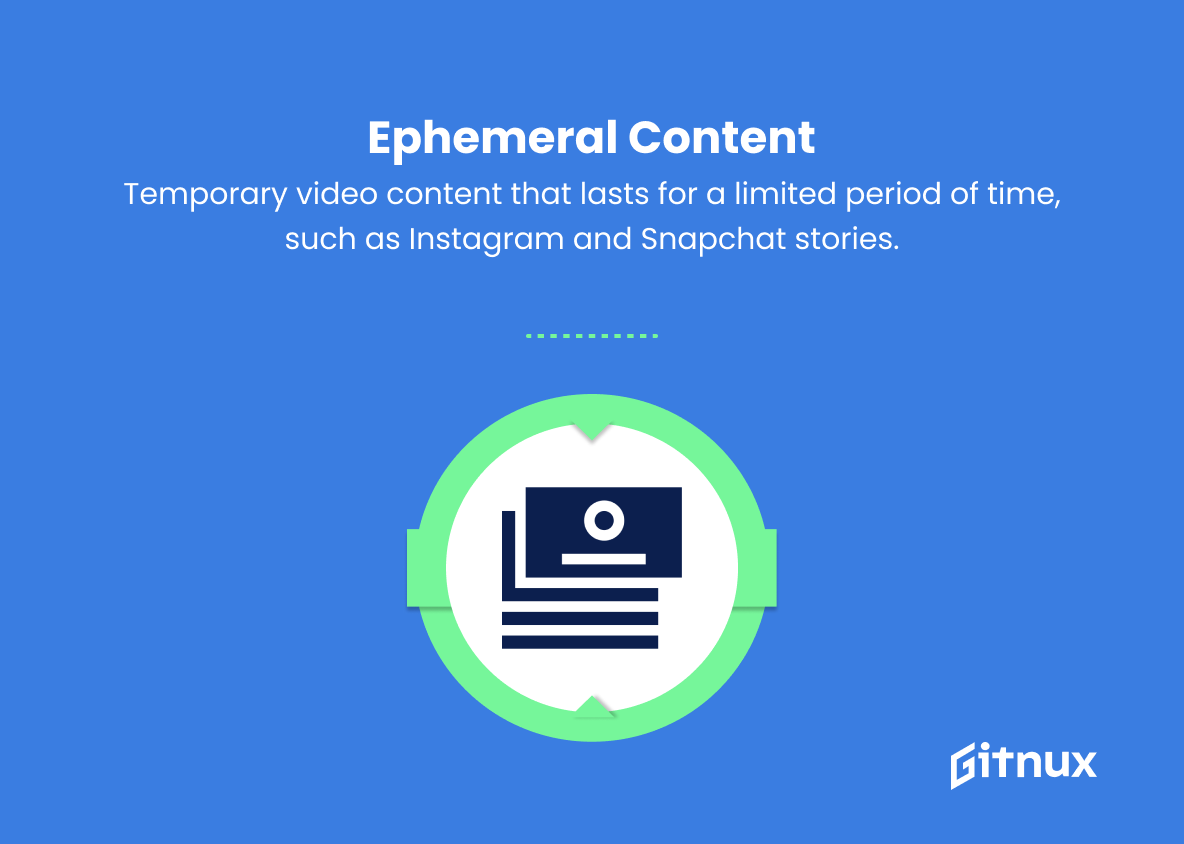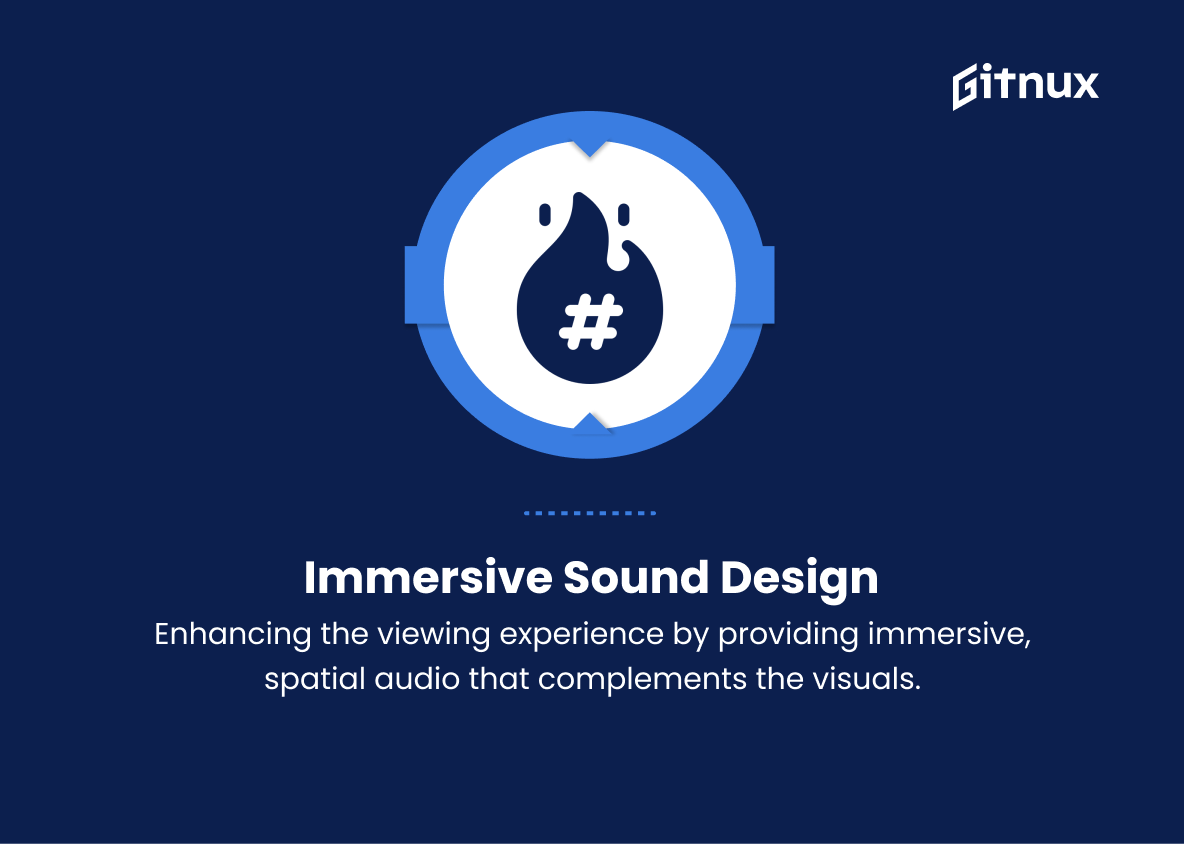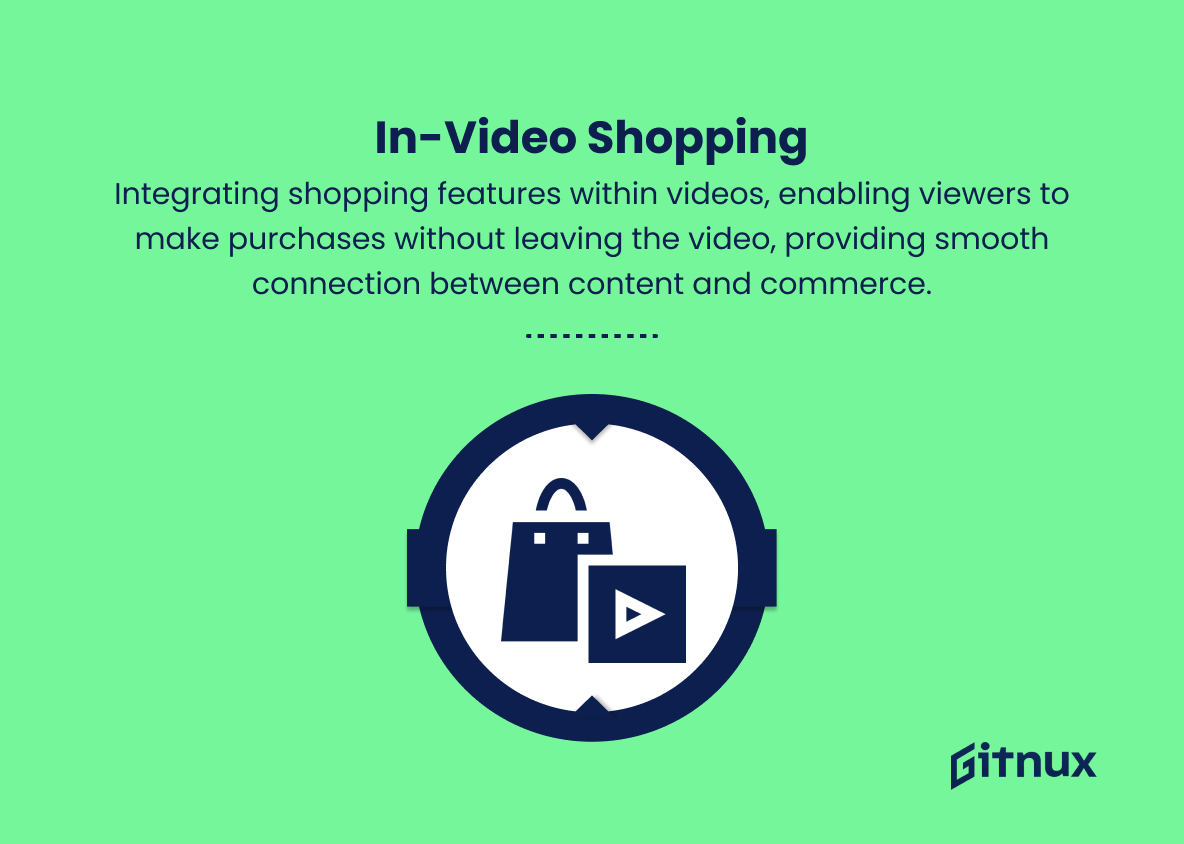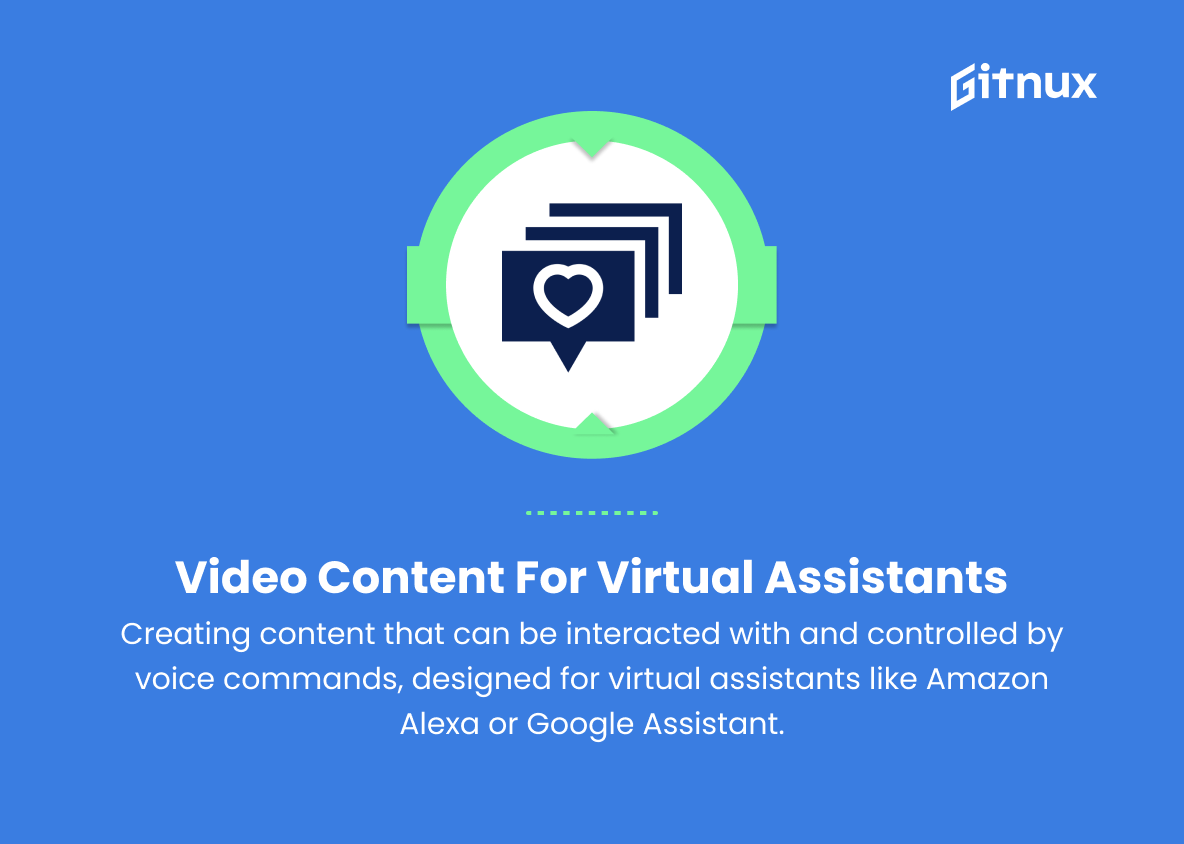In today’s fast-evolving digital landscape, the realm of video production has experienced significant shifts and advancements, continually reshaping the way we create and consume visual content. As audiences become more discerning and platforms more diverse, staying ahead of the curve is vital for businesses, content creators, and marketers alike.
In this blog post, we delve deep into the latest video production trends, exploring the innovative techniques, groundbreaking technologies, and creative approaches that are redefining the industry. Join us as we unveil the future of video production and provide insights on how to adapt and thrive in this dynamic environment.
Top Video Production Trends
1. Virtual Reality (VR) and 360-degree videos
VR and 360-degree videos create an immersive and interactive environment for viewers, enabling them to experience events, landscapes, and stories from various angles.
2. Augmented Reality (AR) video content
AR combines digital elements with the real world, enhancing the viewer’s experience.
3. Artificial Intelligence (AI) and machine learning in video editing
AI and machine learning simplify the video editing process and enable better video analytics, personalized content, and accurate video summaries.
4. Drones and aerial cinematography
Drones provide unique and stunning aerial perspectives for video content and have become increasingly popular in recent years.
5. Live streaming
Live streaming enhances engagement by providing a real-time connection between the content creator and their audience.
6. Vertical videos
Vertical videos are optimized for mobile devices, allowing content creators to cater to the growing audience of mobile users.
7. User-generated content
Encouraging users to create their own videos and share them online leads to increased engagement and diverse content.
8. Interactive storytelling
Allowing viewers to make choices during a video can make the experience more personal and engaging.
9. Giftable moments
Creating shareable and memorable moments in videos for audiences to connect with and share on social media platforms.
10. Personalized video content
Using data and personal information to create customized video content for each viewer.
11. Short-form content and video series
Condensing video content into shorter, bite-sized episodes that are easily digestible.
12. Ephemeral content
Temporary video content that lasts for a limited period of time, such as Instagram and Snapchat stories.
13. Immersive sound design
Enhancing the viewing experience by providing immersive, spatial audio that complements the visuals.
14. In-video shopping
Integrating shopping features within videos, enabling viewers to make purchases without leaving the video, providing smooth connection between content and commerce.
15. Video content for virtual assistants
Creating content that can be interacted with and controlled by voice commands, designed for virtual assistants like Amazon Alexa or Google Assistant.
16. Adaptive streaming quality
Delivering video content based on the viewer’s internet speed to ensure smooth playback and high-quality visuals.
17. Educational and informative video content
Presenting comprehensive information in a visually appealing and engaging manner, often through how-to and instructional videos.
18. Documentary-style storytelling
Focusing on realistic, informative stories in a documentary format to create deeper connections with viewers and meaningful, thought-provoking content.
19. Multi-cam video production
Combining multiple camera angles to create dynamic, visually interesting content.
20. Video content for social causes
Using video storytelling to raise awareness for social issues or support activism and fundraising efforts.
Implications
Video production trends, such as virtual reality and 360-degree videos, augmented reality content, and artificial intelligence in editing, are revolutionizing the industry and creating immersive and interactive experiences for viewers. Drones and aerial cinematography provide unique perspectives, while live streaming and vertical videos cater to the growing mobile audience. User-generated content and interactive storytelling allow for more personalized experiences, and giftable moments drive social media sharing. Personalized content, short-form series, and ephemeral stories offer tailored experiences and cater to viewers short attention spans.
Immersive sound design and documentary-style storytelling create deeper connections with audiences, while in-video shopping provides a seamless link between content consumption and purchasing. Educational content and content for virtual assistants cater to new platforms and ways of learning, and adaptive streaming quality ensures a smooth viewing experience regardless of internet speeds. Lastly, video content for social causes helps raise awareness, advocate for change, and support fundraising efforts. These trends are shaping the future of video production and storytelling, allowing creators to engage and connect with viewers in new and meaningful ways.
Conclusion
In summary, video production trends are constantly shifting and evolving, reshaping the way we consume and produce content both as individuals and businesses. Staying updated with these trends is crucial for creators, brands, and marketers alike, as it can greatly impact audience engagement, brand identity, and overall success.
By embracing the latest technologies, innovative storytelling techniques and keeping sustainability in mind, we can create content that captivates viewers and leaves lasting impressions. As we continue to move forward in the digital age, let us embrace these trends and adapt to the ever-changing landscape of video production to propel our creative pursuits to new heights.


